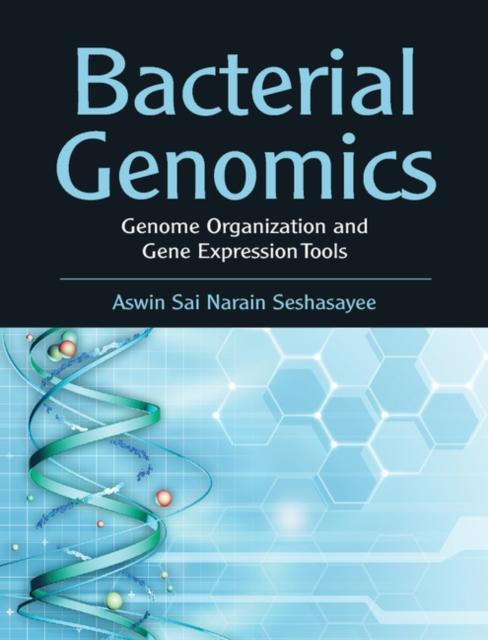
Sofort lieferbar (Download)
The study of bacterial genetics has revolutionised with the development of genome sequencing, which let us catalogue the gene content of various clinically and industrially important bacteria and opened up the field of comparative genomics. The research findings on bacterial genetics were further enhanced by the development of allied techniques that allowed interrogation of the interactions and functions of the many components of the genome. These developments accelerated with the widespread adoption of quantitative deep-sequencing approaches. This process allowed both comparative and functional genomics on an unprecedented scale by presenting powerful tools to investigate multiple layers of bacterial adaptation and evolution. This book presents the application of genomic tools to examine bacterial adaptation. The emphasis is on data analysis and interpretation. Much of the material is drawn from the recent, primary literature, which is the most powerful tool in the cutting-edge and fast-growing field of bacterial research.
Produktdetails
Erscheinungsdatum
05. März 2015
Sprache
englisch
Dateigröße
32,97 MB
Autor/Autorin
Aswin Sai Narain Seshasayee
Verlag/Hersteller
Kopierschutz
mit Adobe-DRM-Kopierschutz
Family Sharing
Ja
Produktart
EBOOK
Dateiformat
PDF
ISBN
9781316338926
Entdecken Sie mehr
Bewertungen
0 Bewertungen
Es wurden noch keine Bewertungen abgegeben. Schreiben Sie die erste Bewertung zu "Bacterial Genomics" und helfen Sie damit anderen bei der Kaufentscheidung.










